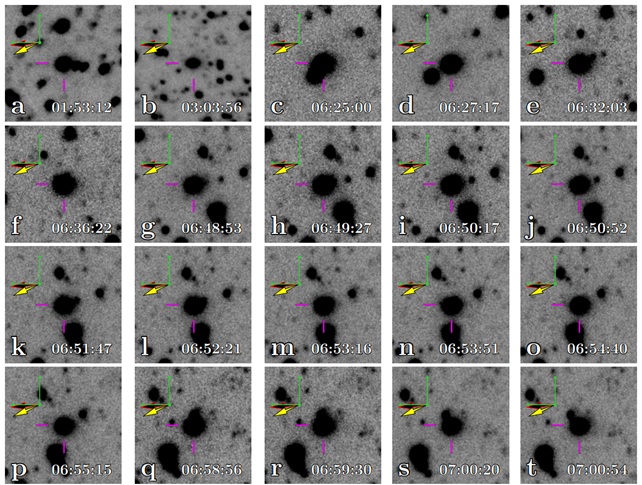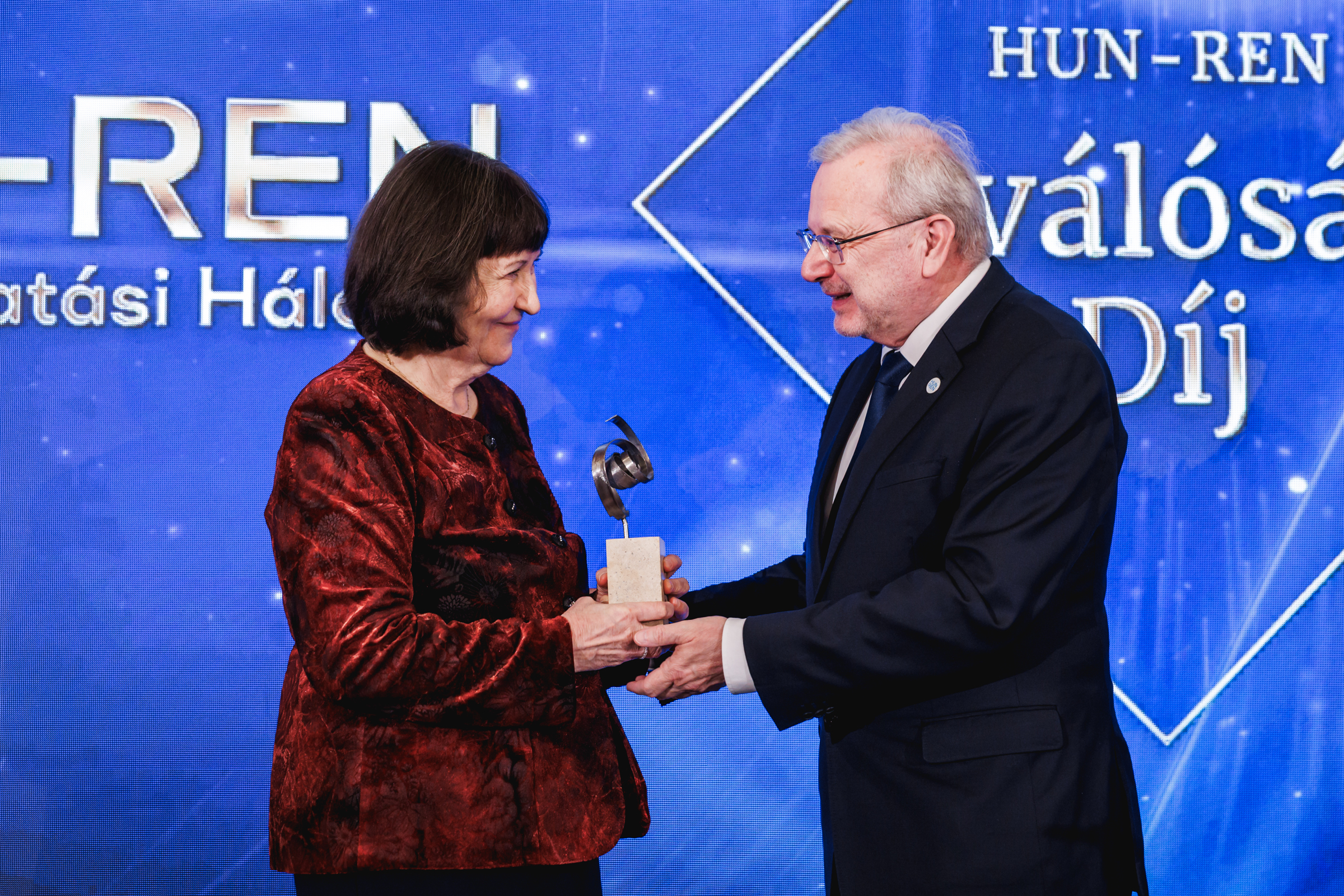A Rare Interstellar Visitor Captured on Camera
Hungarian researchers contributed to the first scientific result of the world’s largest sky survey
The Legacy Survey of Space and Time (LSST), carried out at the Vera C. Rubin Observatory, is currently the most extensive sky survey ever undertaken. A newly published study — with the participation of Hungarian researchers — marks not only the first scientific publication based on LSST data, but also presents the most detailed set of observations to date of an interstellar object passing through our Solar System.
The LSST is currently in its commissioning phase — the final stage of system setup and testing — and has already begun scanning the sky with its complete set of instruments. While this period does not yet represent the survey’s full scientific operations at nominal performance, it is already capable of producing scientifically valuable data. The first major announcement came quickly: the LSST has detected a new interstellar object — an interstellar comet — passing through our Solar System.
3I/ATLAS is the third known object observed by humankind to have originated in another stellar system. Of the available images of the celestial phenomenon, nine were taken in “science mode” — using the same settings that will be applied during the official operational phase of the LSST. The remaining 28 images — the bulk of the dataset — were captured during various test sequences conducted for calibration purposes.

Using data from the ATLAS telescope, researchers recently discovered another interstellar comet arriving from beyond the Solar System — designated 3I/ATLAS.
In most of the images, comet 3I/ATLAS is clearly separated from the background stars, allowing for unobstructed analysis. The coma was observed to evolve over time, reaching an extent of around 10,000 kilometres by early July. Based on the observational sequence, researchers were able to measure the comet’s dust production rate.
It was also found that the comet does not exhibit significant photometric variability on short hourly timescales. This indicates that its material output is generally steady over time. Measurements suggest that the nucleus of 3I/ATLAS has a radius of around 5.6 kilometres — much larger than that of the previous interstellar visitor, 2I/Borisov, observed in 2019. However, the direction of the tail is surprising: currently, it appears as though the comet is ‘pushing’ its tail ahead of itself. The researchers explain that this is likely a result of projection effects — the tail is physically pointing away from the Solar System, but due to our steep viewing angle, it currently resembles an anti-tail.
The study on the comet was authored by the Rubin Observatory’s Solar System Science Collaboration (SSSC). Among the authors are two Hungarian researchers, Gyula M. Szabó and László Szigeti, who have been active contributors to the LSST Solar System science programme for several years. In this paper, they were directly involved in calibrating and interpreting multi-band photometric data, computing dust production rates, and compiling astrometric position measurements.
Here to stay
According to researchers, 3I/ATLAS will remain observable for far longer than any previous interstellar visitor. When it first appeared in June, it was roughly as far from the Sun as Jupiter, and it is currently travelling towards the inner Solar System. It is expected to reach perihelion around 29–30 October 2025, approaching closer to the Sun than the orbit of Mars. However, at that time Earth will be on the opposite side of the Sun, so we will be observing the comet from a relatively large distance and in a direction close to the Sun’s glare. Nevertheless, the comet’s activity is expected to persist for months after perihelion, making it an excellent target even during its outbound journey — well into early 2026, when its visibility is likely to improve again.
With this observation, the Rubin Observatory effectively confirmed the promise of the LSST sky survey from the outset. The appearance of a third interstellar object will, for the first time, allow for the planned and potentially synergistic study of such bodies using the most powerful ground-based instruments available. What’s more, the European Space Agency is planning to launch a dedicated space probe — Comet Interceptor — in 2029, designed specifically to perform in situ investigations of interstellar visitors of this kind, with Hungarian participation in that mission as well.

